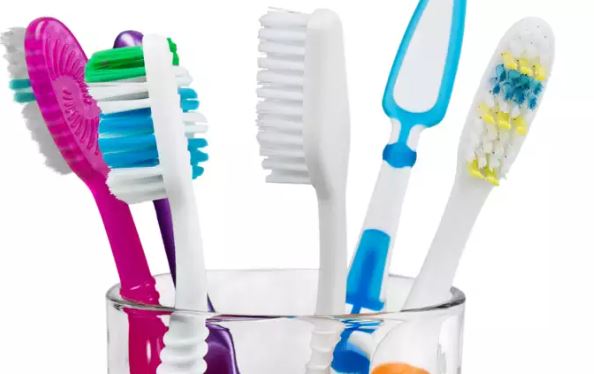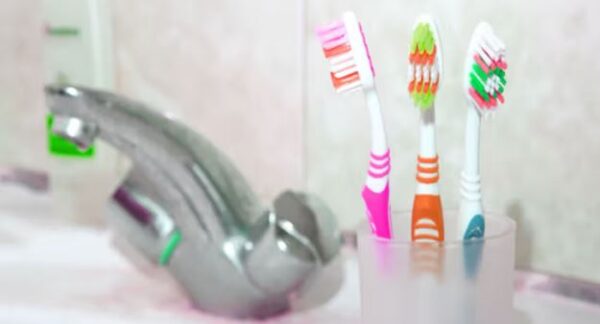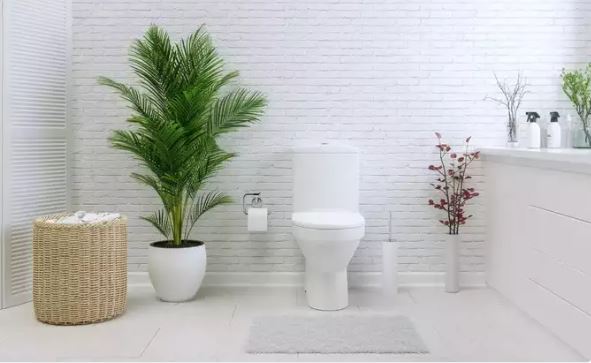Lifestyle
Why you should never leave your toothbrush in the bathroom

Let’s guess, do you keep your toothbrush in a mug in the bathroom, probably mixed with other toothbrushes of your family members or roommates?
If the answer is yes, you are not alone in unconsciously following this unhygienic habit.
Why unhygienic? According to dental health experts, keeping your toothbrush in the bathroom could expose it to fecal particles (poo particles). Gross!
Are there fecal particles on your toothbrush?
It is possible for fecal particles to be present in your bathroom environment, especially if you or someone you share the bathroom with uses the flush without closing the lid first. Flushing this way can release small water droplets into the air that may contain fecal bacteria and other microorganisms – which can end up settling on surfaces such as your toothbrush. Here are all the reasons why leaving your toothbrush exposed to the bathroom environment may not be the wisest habit:
1. Bacteria, mold and contamination
How close is your toothbrush placed to the toilet seat? If it sits close to the throne, your brush is more likely to come into contact with airborne particles which can lead to contamination. Further, bathroom environments tend to be humid, which can further promote the growth of bacteria and mold on your toothbrush.
2. Shared bathrooms
If you share your bathroom with more people, then there are more chances of cross-contamination, as multiple people may be touching various surfaces. Since many times you have no option but to share your bathroom, here are several ways you can protect your toothbrush as well as yourself from coming into contact with these potentially harmful bacteria.
3. Toothbrush storage instructions
It is a good practice to first thoroughly rinse your toothbrush under tap water before using it. This can help remove contaminants that may be sitting on the surface of your toothbrush. Further, after using, store your toothbrush upright in a toothbrush holder or cup to allow it to air dry. You can invest in containers that have separate sockets for multiple toothbrushes, to prevent them from coming into contact with each other. Once air-dried, you can keep your toothbrush in a cover to protect it from any airborne particles.
4. Replace regularly
Make sure you replace your toothbrush every three to four months or even sooner if the bristles become frayed. Using an old or frayed toothbrush may not be hygienic and you may not be able to properly brush your teeth as well. Along with regular replacement, keep washing the toothbrush holder regularly to avoid settlement of dust and buildup of bacteria and mold.
5. Close the toilet lid
Closing the toilet lid before flushing is a healthy habit that can help minimize the spread of airborne poo particles in the bathroom. A 2012 UK study tested the dispersion of C. difficile, with toilet lid open and closed. “When a toilet was flushed lid up, bacteria were found up to 25 cm above the seat,” the researchers noted, adding, “Lid down, none of the bacteria was found in the air above the seat after flushing.”










